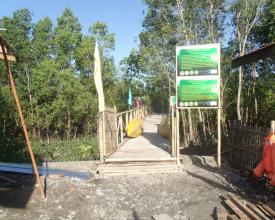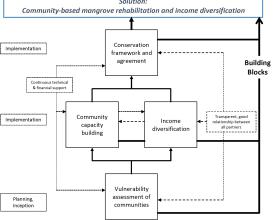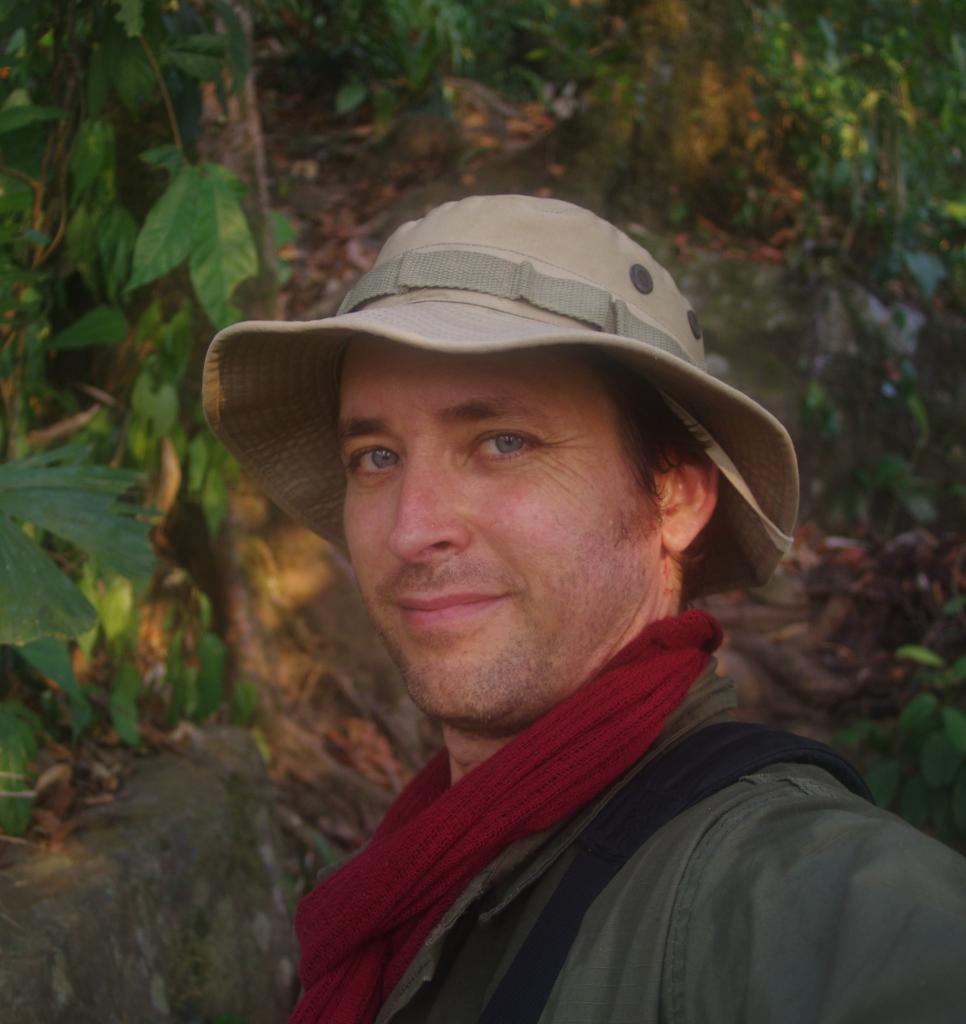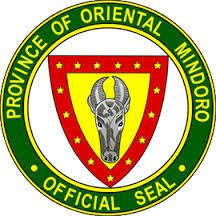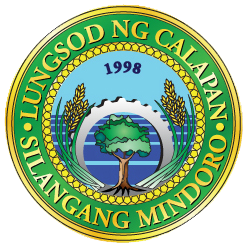Mangrove rehabilitation and income diversification
Context
Challenges addressed
Location
Process
Summary of the process
Building Blocks
Vulnerability assessment
Suitable sites are identified and prioritized based on the potential of successful mangrove rehabilitation to reduce vulnerability in the face of climate change. In the case of Silonay, mangrove rehabilitation was identified as a solution to storm surge vulnerability.
Enabling factors
- Existence of remaining mangrove areas;
- Technical know-how and funding from NGO partners;
- Community and local government awareness of ecosystem services benefits of mangroves and other marine resources.
Lesson learned
People who benefit from the habitats, species and sites (and the services they provide) should be involved in managing them and making decisions about the project. Vulnerability assessments should be done at both, the municipal and village level. Results of vulnerability assessments should be disseminated to key local and national policy makers and local chief executives and community leaders so they can take action to address key vulnerabilities.
Community trainings and mentoring
Skills and knowledge needs of the target community are identified for mangrove rehabilitation and management, and alternative livelihood development. Trainings and mentoring activities are organized and developed to strengthen the capacities of communities in the required aspects of the project. These include, but are not limited to, organizational and enterprise development, mangrove and financial management. Furthermore, the capacity building activities are opportunities to communicate more clearly the project and raise awareness of target community.
Enabling factors
- A strong community organization that is willing to engage in the project;
- Technical support for capacity building from various organizations and institutions.
- Role of women in the community.
Lesson learned
It is important that the community has buy-in and ownership of the project. Understanding the project’s concept and agreement with its mechanisms is a key to success. To ensure smooth project planning and implementation, a clear leveling off of expectations between communities, local government and service providers, such as Conservation International, with regards to details and mechanisms should be established from the beginning. Women function as key agents of change in community natural resource management, innovation, fishing and care giving. Thus, women’s key role for climate change and ecosystem based adaptation should be carefully considered. In case of Solonay, most of the active participants are women.
Income diversification
First, communities identify prospective livelihood options. Discussion and agreement then takes place among the community on priorities that are sustainable and therefore correspond best to the community’s management capacities. Training is provided to build additional capacity for the identified livelihoods to ensure sustainability, and resources are provided to operationalize alternative livelihood options. Continuous mentoring helps ensure success.
Enabling factors
- Active support, buy-in and commitment from the community.
- Technical support to ensure funding for development of income alternatives.
- Technical support for capacity building.
Lesson learned
Ecosystem-based approaches should inherently incorporate alternative sustainable livelihood packages that highlight the value of conserving ecosystems. Benefits should respond to immediate livelihood needs to encourage active community engagement. To be effective, community capacity building should be continuous and regularly updated to provide access, knowledge and skills of relevant innovations and new technologies. The nomination of a champion, or champions, helps promote the initiative and encourages more community members and organisations to engage.
Conservation framework
Communities and local governments receive support to draw up a conservation framework that prepares the ground for mangrove rehabilitation. This framework takes into account important aspects like climate change adaptation and disaster risk reduction and integrates them into local plans, budgets and policies.
Enabling factors
- Strong engagement and good relationships with local government (district and municipal/city level)
- Sufficient funds to support and implement the project
Lesson learned
tba
Conservation agreement
Networking and linking with other organisations has proven to be effective in ensuring sustainability and continuous support. All partners involved in conservation and rehabilitation activities jointly develop a conservation agreement that lays out the cooperation details.
Enabling factors
tba
Lesson learned
tba
